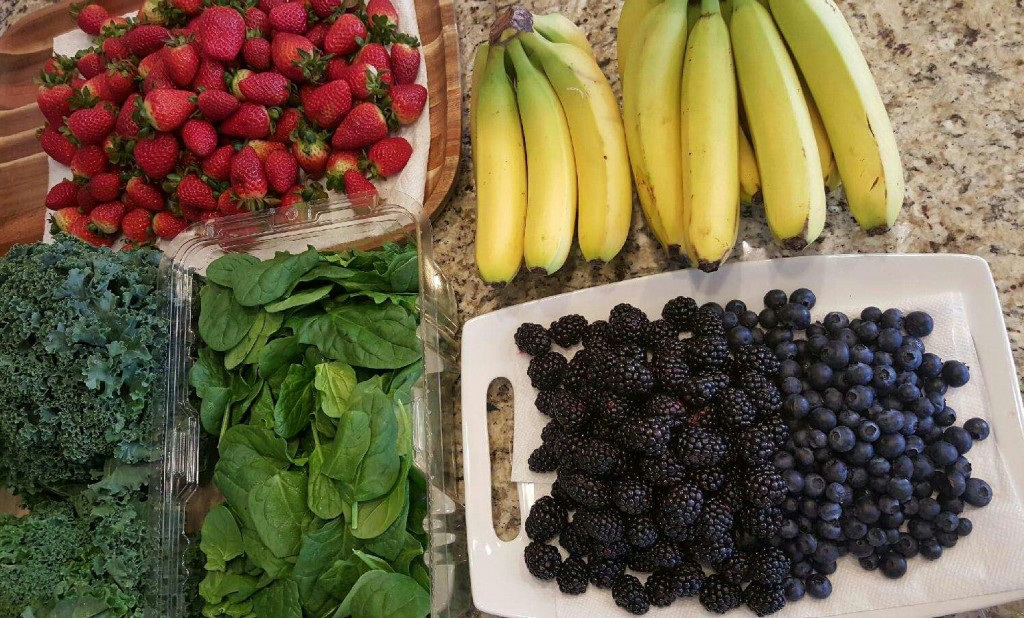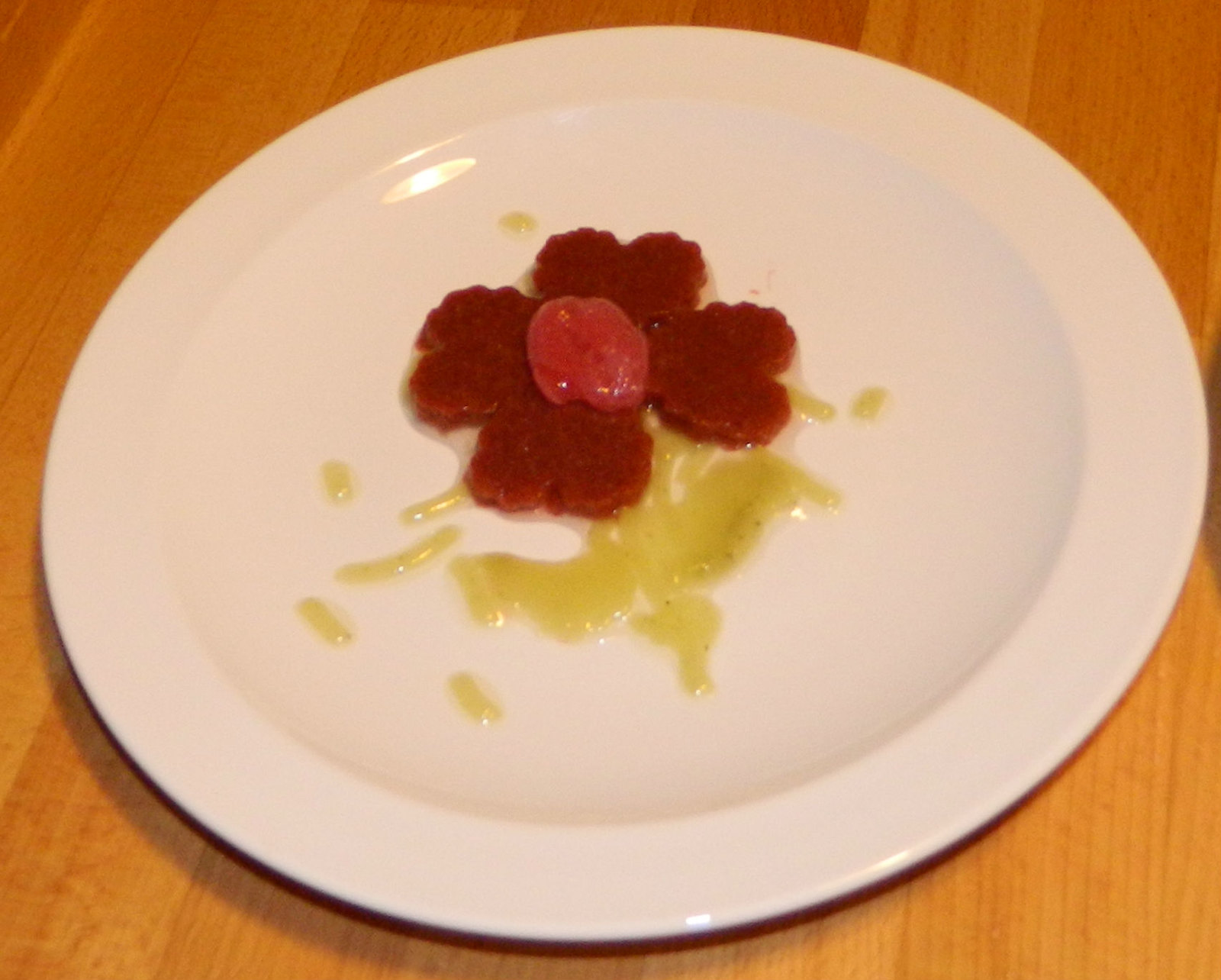The humble grater is one of the most versatile tools in the kitchen, yet many home cooks overlook proper technique. Returning to the basics can make grating safer, faster, and more efficient, while enhancing the flavor and texture of your dishes.
The first key principle is grip and stability. Hold the grater firmly with one hand, resting it on a cutting board, plate, or bowl. If using a box grater, place the base on a flat surface to prevent slipping. For handheld graters, hold the top securely and angle it slightly for better control.
Next is the motion. Always move the ingredient against the grater in a downward direction with consistent pressure. Use smooth, even strokes, and avoid pressing too hard—letting the grater do the work prevents injury and ensures uniform shreds or zest.
Safety is essential. Keep your fingers clear of the grating surface. For smaller pieces of food, consider using a fork, a grating guard, or the palm of your hand to protect fingertips. Always work slowly when you reach the end of the ingredient.
Choosing the right side of the grater is also important. Coarse shredding works well for carrots or cheese, fine grating for citrus zest or garlic, and slicing sides for vegetables like cucumbers or potatoes.
Finally, clean immediately after use to prevent food from drying in the small holes. A brush or the rough side of a sponge works well for removing trapped bits.
Mastering the grater is about technique, safety, and efficiency. By focusing on grip, motion, and proper selection of grater sides, you can unlock the full flavor of your ingredients, whether it’s zesting lemons, grating cheese, or shredding vegetables. A well-grated ingredient not only enhances taste but also elevates the presentation of every dish.






